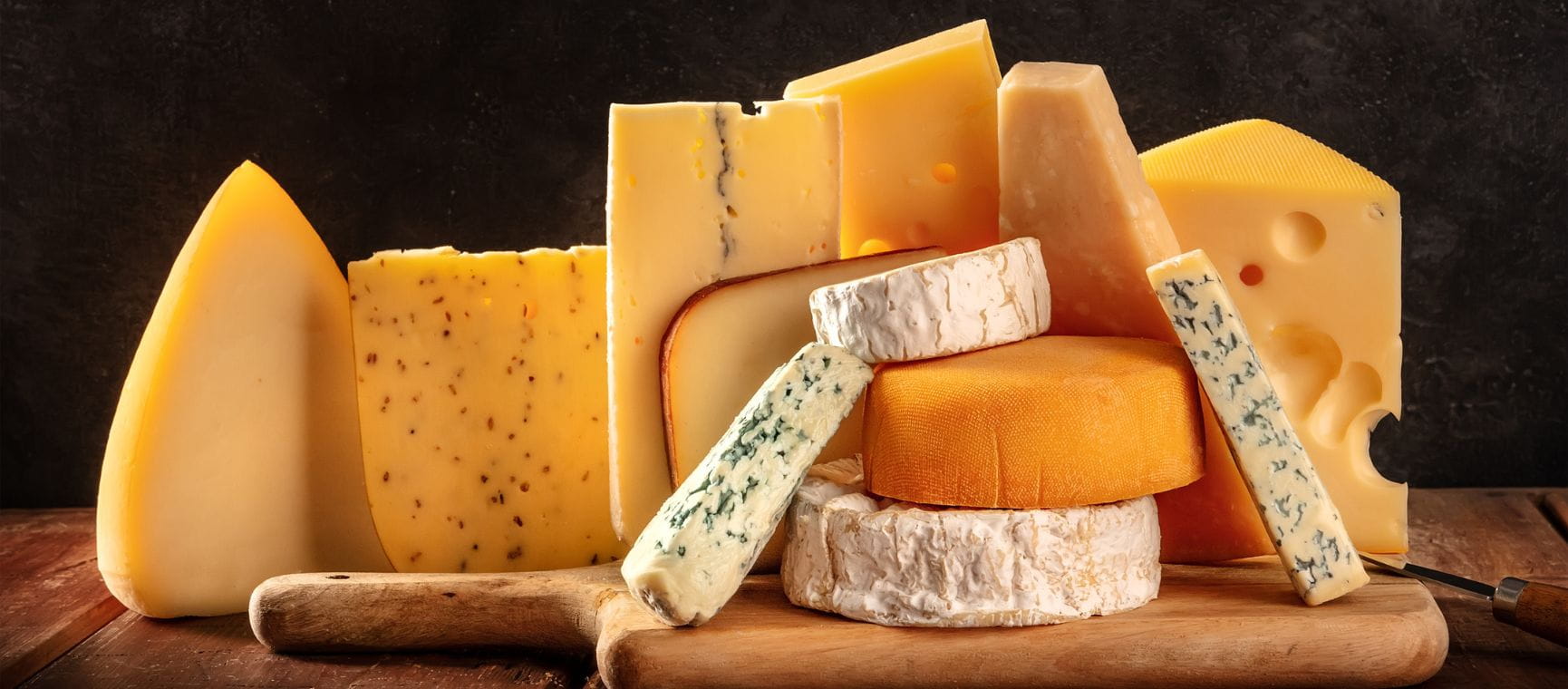
With its high fat and salt levels, cheese can sometimes be seen as a guilty pleasure which risks raising our cholesterol and blood pressure levels.
But let’s be honest, it’s still delicious, and it could be coming back into favour on health grounds too.
Since cheese is a fermented food, not only is it good for our gut microbiome – a wide variety of bacteria including Lactobacillus are used in the maturing process – but it’s also easy on our digestive systems.
A recent meta-analysis of studies showed that it may even have a protective effect on cardiovascular disease and has moderate benefits for health.
What’s more, all cheese is packed with protein and a variety of vitamins including Vitamin A, Vitamin B12 and Vitamin K2, and minerals including calcium and iodine.
Here we rank 17 of the most popular cheeses from best to worst in terms of their health credentials.
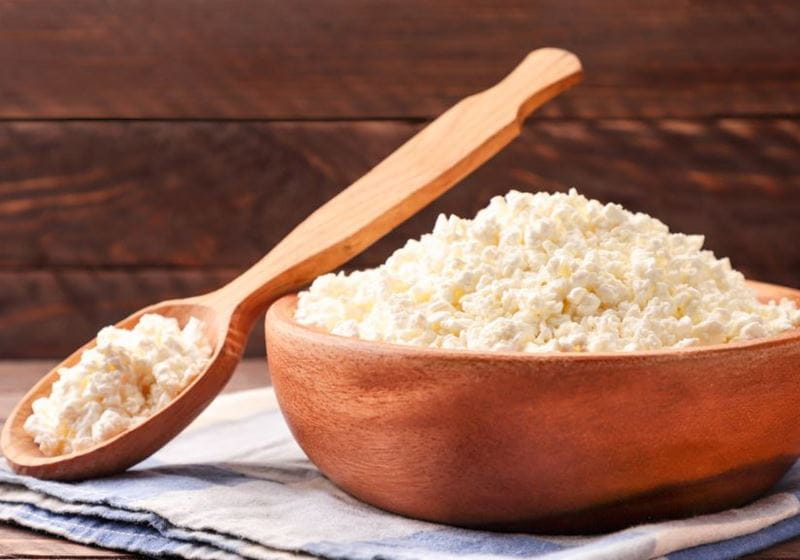
In the 70s and 80s, consumption of cottage cheese in the UK took off, going hand in hand with the low-fat diet boom.
Now this fresh young curd cheese, which is usually made from skimmed milk, has been embraced by Gen Z and is making a TikTok-fuelled comeback, with sales increases of up to 40 per cent in the past year.
Dietitian Emma Shafqat, from Dietician with a Difference says, “Cottage cheese is the healthiest cheese as it has low levels of saturated fat, as well as salt. Yes, protein levels are lower than with some cheeses, but typically the portion size of cottage cheese you eat will be bigger.”
While it can be bland in flavour, cottage cheese makes a great topping for baked potatoes and can be mixed with fresh herbs and other types of seasoning.
Nutrition information per 100g
Calories (kcal) 111
Fat 6.5g
Saturates 3.9g
Sugar 3.4g
Protein 9.6g
Salt 0.41g
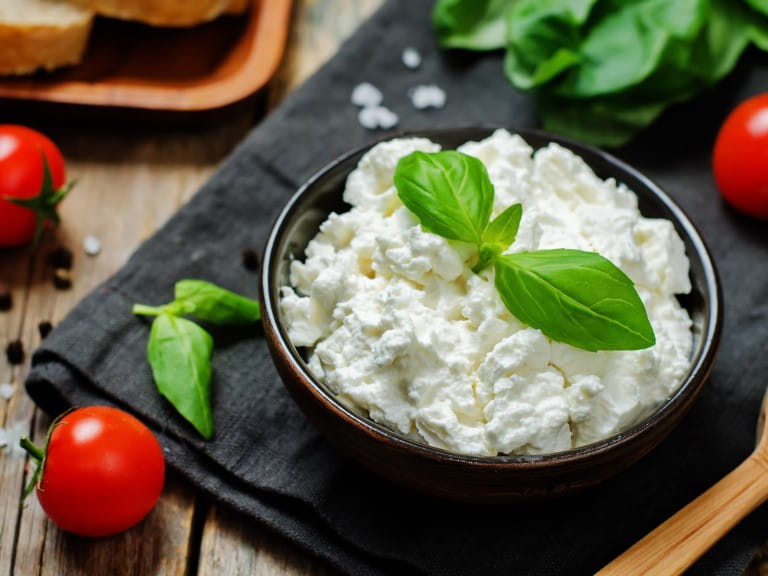
Cottage cheese has a close rival in the “healthiest” cheese stakes – the Italian cheese ricotta.
The word means “recooked”, and it was traditionally made from the leftover whey from cheese production, which was then heated to produce curds which are strained and pressed.
It’s low in calories, fat and salt, and although it’s also lower in protein than many cheeses (similar levels to reduced-fat cream cheese, though ricotta is lower in fat), you generally eat it in greater quantities.
Dietitian Emma says: “It's a good option because it's lower in salt, low in calories and saturated fat and has quite a mild taste.
"Generally speaking, we use it more as an ingredient in pasta dishes or puddings, and it makes a healthier alternative to mascarpone in a cheesecake. With the addition of some herbs it can make a nice spread.”
Nutrition information per 100g
Calories (kcal) 105
Fat 7g
Saturates 5g
Sugars 2.6g
Protein 7.6g
Salt 0.26g
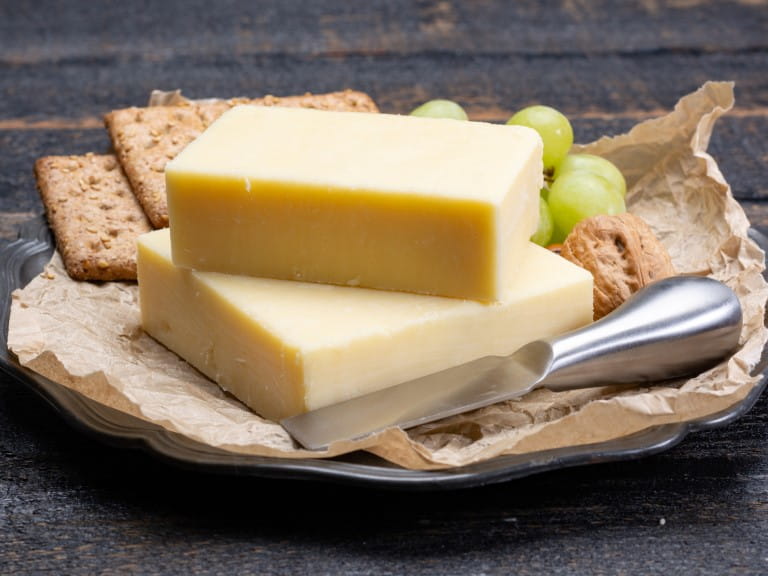
Most big Cheddar producers and supermarket own brands now offer a reduced-fat option.
Typically, this is made by using lower-fat milk, and although flavour and texture can be impaired, if you are trying to cut back on cheese consumption but can’t give up Cheddar, it is a healthier alternative.
It packs a sizeable protein punch as well – with 33g per 100g.
Nutrition information per 100g
Calories (kcal) 297
Fat 16.8g
Saturates 10.3g
Sugars Less than 0.5g
Protein 33g
Salt 1.9g

There will barely be a fridge in Britain without a tub of Philadelphia or an own-brand soft cheese lurking on a shelf.
Cream cheese is an incredibly versatile product that can be used as a spread in sandwiches, as a base for homemade fish pates, an ingredient in cheese cakes or simply a delicious snack spread on a cracker.
But how healthy is it – and should we be swapping to lower fat versions which are typically made with reduced fat milk?
Emma Shafquat says, “Both types of cream cheese are actually fairly healthy. Even the ‘full fat’ variety is not that high in calories, and the lower-fat version has approximately half the amount of saturated fat.
"Sometimes with lower-fat food, you have to be careful that there isn’t lots of added sugar or other filling ingredients, but here there’s only a small increase in terms of sugars [which are natural sugars from the milk].”
Light soft cheese (aka reduced-fat or 40% less fat) nutrition information per 100g
Calories (kcal) 147
Fat 11g
Saturates 7.1g
Sugars 5.1g
Protein 7.4g
Salt 0.7g
Full-fat soft cheese, nutrition information per 100g
Calories (kcal) 226
Fat 21g
Saturates 14g
Sugars 4.3g
Protein 5.4g
Salt 0.75g

This soft, fresh cheese hails originally from the Campania region in Italy and is a staple of Italian cuisine.
Originally made from the buffalo milk, it’s now more likely to be made from cow’s milk and is packaged in salted water to keep it fresh. Like bread, it’s kneaded to turn it into a smooth, shiny, stretchy paste.
Mozzarella is a reasonable mid-range option in terms of calories – but, as our dietitian cautions, it’s very easy to eat a lot of it, and it is often served with a good dollop of olive oil on top to boost flavour.
One hidden health benefit is that it’s high in vitamin B12, which is good for our nervous system.
Nutrition information per 100g
Calories (kcal) 215
Fat 15.9g
Saturates 11.1g
Sugars 1g
Protein 16.9g
Salt 0.72g
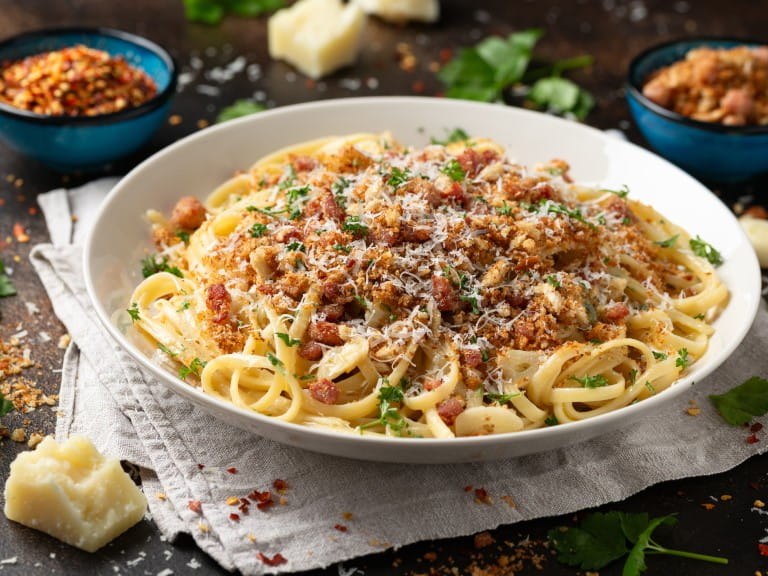
Most of us grate Parmesan – or Parmigiano Reggiano, to give it its proper name – for eating on pasta and give little thought to its nutritional benefit.
But in fact this Italian hard cheese provides the highest levels of protein of any cheese, thanks to its long ageing process. It’s also great for lactose-intolerant people, as the lactose in milk is changed to lactic acid during the maturation period.
Emma says, “If someone is lactose-intolerant they can often tolerate hard cheese. It’s great that it’s so high in protein, but realistically you aren’t going to be eating that much Parmesan – it’s got a strong flavour and in the UK we usually grate small amounts on pasta.”
Nutrition information per 100g
Calories (kcal) 402
Fat 29.7g
Saturates 19.6g
Sugars Less than 0.5g
Protein 32.4g
Salt 1.4g

In 1724, author Daniel Defoe visited the village of Stilton in Cambridgeshire and noted that it was “famous for cheese”.
At the time, Stilton – which Defoe dubbed the English Parmesan – was probably a pressed cream cheese, not the blue semi-hard cheese we know and love today and which is an essential on any Christmas cheese board.
But how good is it for our health?
Stilton carries a hefty calorific load and has a high fat content, but is also high in protein.
However, it has other hidden benefits. Emma says, “Because it’s a blue cheese, it contains good bacteria which is good for our gut and helps support the gut microbiome.
"It has a strong flavour so you don’t eat too much of it.”
Nutrition information per 100g
Calories (kcal) 410
Fat 35g
Saturates 23g
Sugars Less than 0.5g
Protein 23.7g
Salt 1.97g
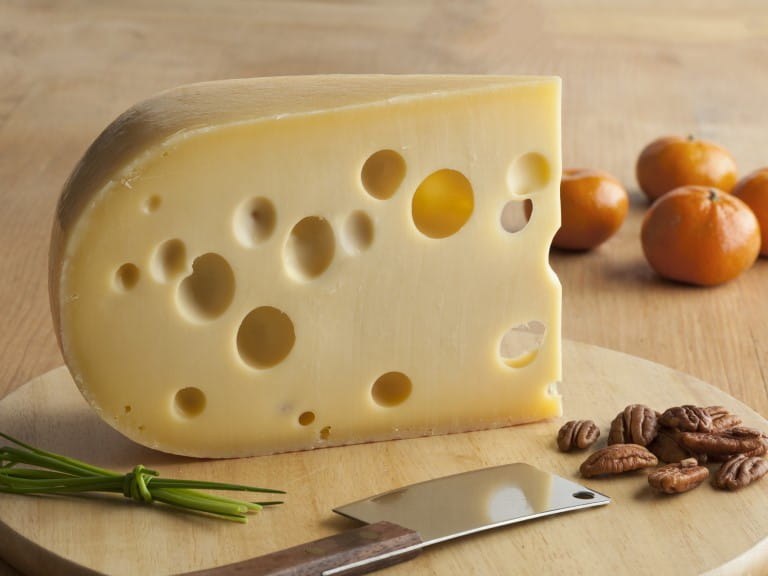
This hard Swiss cheese is a staple in fondues and is famous for its holey appearance – as if a mouse has munched through it.
It’s not a mouse, but carbon dioxide, formed during fermentation and trapped within the cheese, which makes the holes during the maturing process.
The temperature of Emmenthal maturing cellars is higher than average, resulting in larger holes.
Like most hard cheeses, it’s high in calories and saturated fat, but high in protein and low in salt and sugars. Emma recommends controlling portion size, adding, “Obviously if you’re eating a fondue made with Emmenthal you’ll be consuming a large amount of calories, so make sure this is a once in a while treat for a skiing trip or after a day outdoors.”
Hidden health benefits include high levels of phosphorus, which is good for our bones and teeth, and kidney function, and more than 1g of calcium per 100g – one of the highest levels of any cheeses.
Nutrition information per 100g
Calories (kcal) 364
Fat 28g
Saturates 20g
Sugars Less than 0.5g
Protein 28g
Salt 0.6g

This popular French cheese comes from Normandy and its origins can be traced back to 1791.
Bacteria is added to warmed cow’s milk, which is then mixed with rennet. During the maturation process, an edible white mould coating forms.
While it looks like it should be loaded with fat, it actually has less fat than brie (which sometimes has cream added).
It can often have a stronger flavour than brie, which means you might be satisfied with a smaller portion.
Dietitian Emma says: “Camembert’s lower fat and calorie content makes it a better bet than brie for those trying to cut back on saturated fat.”
Nutrition information per 100g
Calories (kcal) 281
Fat 22.6g
Saturates 16.1g
Sugars Less than 0.5g
Protein 18.9g
Salt 1.37g
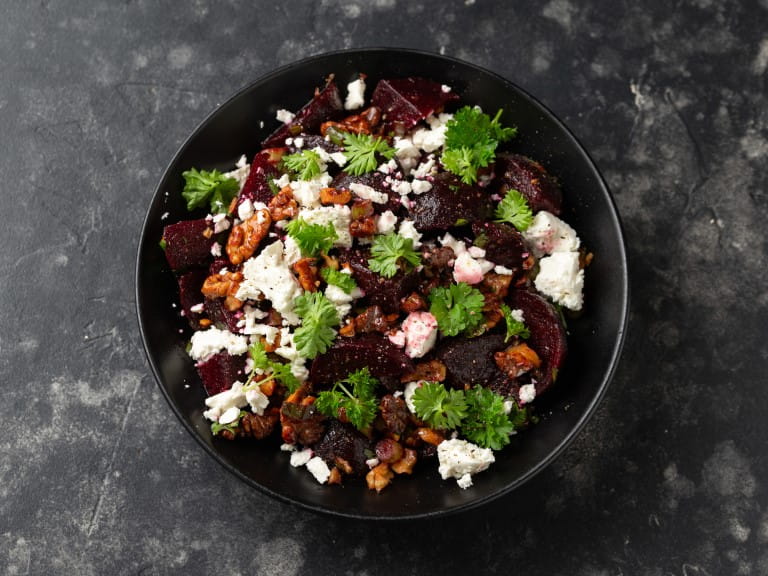
The staple ingredient of Greek salads, feta is a protected product and can only be made from sheep or goat’s milk in mainland Greece and on the islands of Lesvos, Limnos and Agios Efstratios.
While it tastes broadly similar to “salad cheese” – which has been dubbed fake feta and is generally a generic brined cheese made with cow’s milk – it’s not necessarily the same nutritionally (though both are salty).
While all cheese is a good source of calcium, feta is particularly high in calcium, with 493mg per 100g of cheese.
Calcium is essential to keep our bones strong, and a higher calcium intake is often recommended if you have osteoporosis.
Emma says: “Feta is another cheese that’s growing in popularity. It’s lower in calories and because of its strong flavour, portion size can be limited.
"But it’s often stored in brine to keep bacteria out, which makes it salty.” Try rinsing it in water first to reduce salt levels.
Nutrition information per 100g
Calories (kcal) 276
Fat 23g
Saturates 17g
Sugars 0.7g
Protein 16.5g
Salt 2.25g
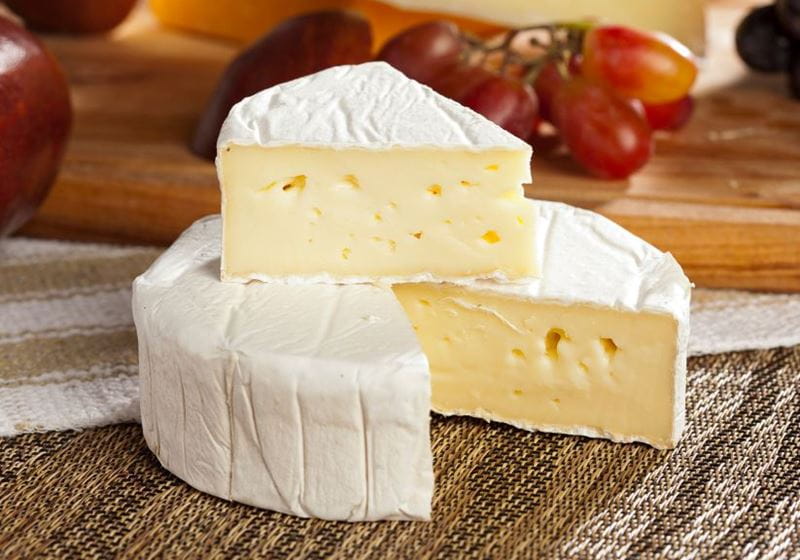
This soft cow’s milk cheese originated in northern France, but aside from some regional varieties its name is not protected – so here the UK we can also produce our own brie.
The jury’s out on whether it tastes as good, though.
Be careful when you choose your brie – sales of Triple Crème Brie have boomed in recent years, but it can be loaded with up to 40g of fat per 100g.
Nutrition information per 100g (standard brie)
Calories (kcal) 347
Fat 31g
Saturates 22g
Sugars Less than 0.5g
Protein 17g
Salt 1.2g
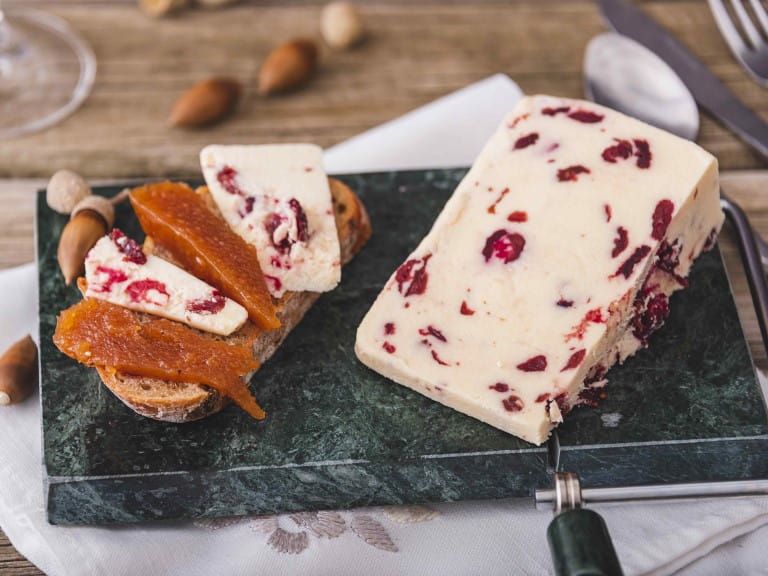
No British cheese board is complete without a slab of this Yorkshire cheese, which is well known for being Wallace and Gromit’s favourite.
Funnily enough, the recipe originates from French monks from the Roquefort region, who brought their cheese-making skills with them.
Like all hard cheeses, it’s got a high calorie count and large amount of saturated fat.
Its mild flavour pairs well with other flavours, which has led to varieties made with additions like cranberries, dried apricots or ginger.
Our dietitian says, “There’s not really enough fruit in there for it to be of benefit in itself, but it does lower the calorie and fat count slightly.”
But on the flip side, it does increase the sugar content, so beware if you’re on a ketogenic diet.
Nutrition information per 100g (standard Wensleydale)
Calories (kcal) 381
Fat 31.8g
Saturates 19.7g
Sugars Less than 0.5g
Protein 23.7g
Salt 1.1g
Nutrition information per 100g (Wensleydale with cranberries)
Calories 376
Fat 27.9g
Saturates 16.9g
Sugars 8.8g
Protein 20.5g
Salt 1.3g
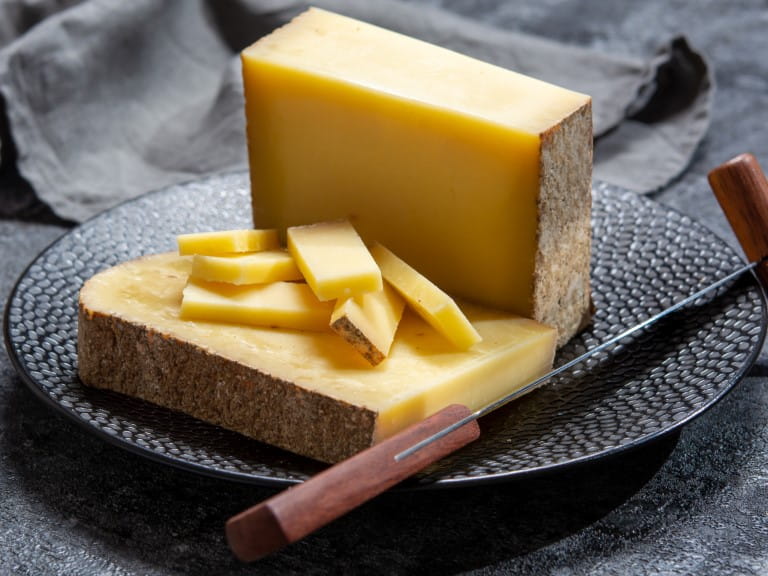
According to Tesco, sales of this hard cheese have boomed 40 per cent in the past year.
It comes from the Jura region of France, where it is made by traditional “fruitières” (co-operative-style groups of farmers, who share their milk for cheesemaking).
Like most unpasteurised hard cheeses, there are milder and more mature versions available, and it is aged in the caves and cellars of this mountainous region.
Health-wise, it fares badly when it comes to calories and fat levels – both of which are high. But salt and sugars are low, and protein is high.
The more mature, the stronger the flavour – so a smaller portion is usually sufficient.
Nutrition information per 100g
Calories (kcal) 423
Fat 35g
Saturates 23g
Sugars Less than 0.5g
Protein 27g
Salt 0.9g
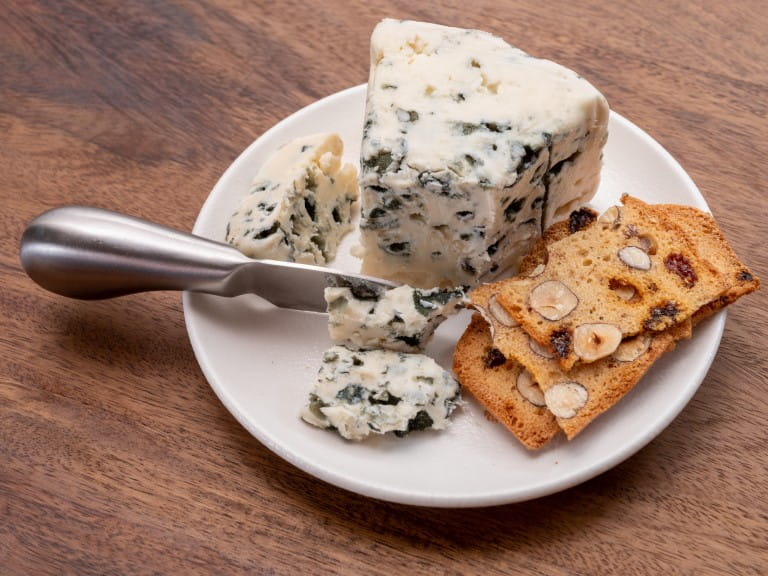
A sheep’s cheese that has been associated with luxury and fine living, Roquefort has been labelled “the cheese of kings and popes”.
It’s another protected offering – no other cheese can call itself Roquefort – and ageing must take place in the limestone caves around Roquefort-sur-Soulzon in Occitania in southern France.
The milk the sheep produces and the unique micro-climate of the caves work together to help flavour this uniquely moist blue cheese.
Roquefort is good for the gut thanks to the mould which runs through it, while studies have shown that it may reduce inflammation and contribute to the “French paradox” – the observation that people in France eat a high fat diet but have lower incidence of coronary heart disease.
However, dietitian Emma urges caution while eating it. “Thanks to its high levels of fat and salt, this is one for high days and holidays,” she says.
Nutrition information per 100g
Calories (kcal) 362
Fat 31.3g
Saturates 22g
Sugars Less than 0.5g
Protein 19.1g
Salt 2.97g
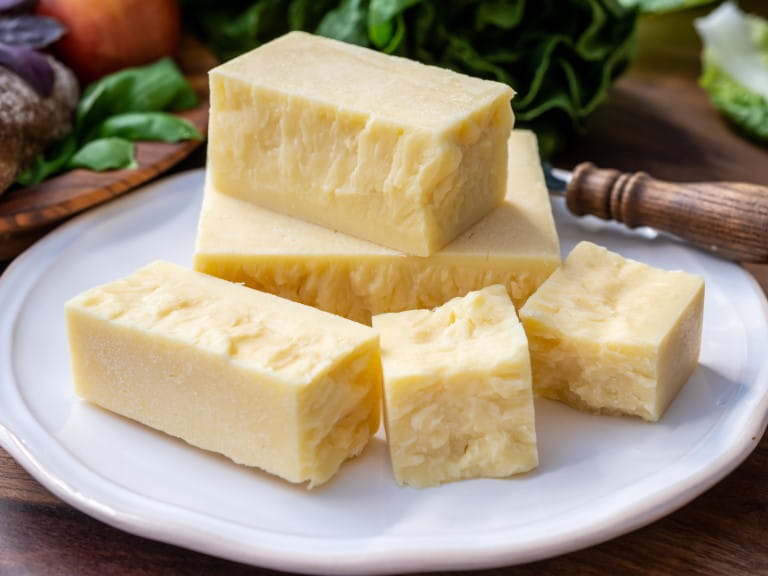
Cheddar is the UK's favourite cheese: we each buy around 60g of it per week, and in 2020 it was consumed by over 26m people.
The nation's favourite make of cheddar is Cathedral City, but this popular hard cheese, which originated in the village of Cheddar in Somerset, varies considerably in texture and flavour depending on how long it’s matured for.
Mild cheddar is smooth and easy to grate, and matured for around two months. In contrast, mature cheddar can be matured for over a year. In the process, it loses moisture and forms crunchy salt crystals that add to its flavour.
Emma says: “Cheddar is much higher in calories and in saturated fat. But if you choose the mature versions you get a lot more flavour and don’t have to use so much.
“We recommend a matchbox-size portion. Grating more finely or using a cheese slicer will make the cheese go further.”
Nutrition information per 100g
Calories (kcal) 416
Fat 34.9g
Saturates 21.7g
Sugars Less than 0.5g
Protein 25.4g
Salt 1.81g
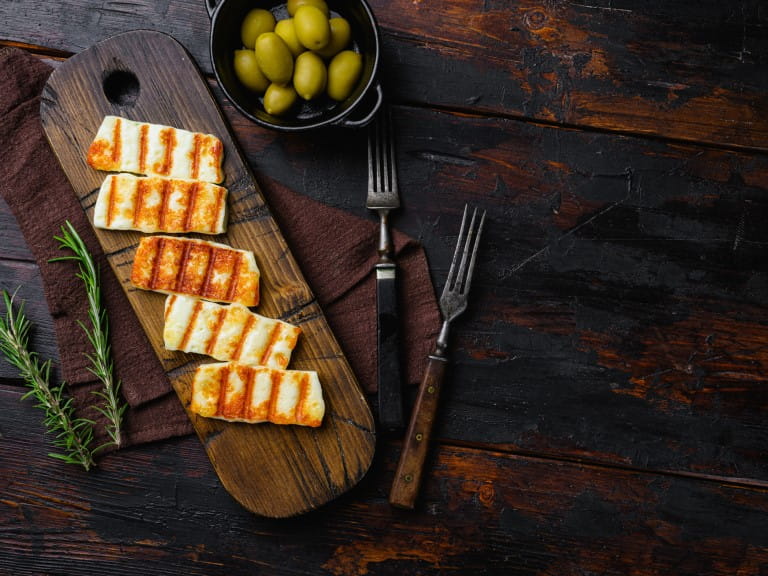
In recent years, consumption of this versatile Cypriot cheese has increased in the UK and we now import over 20,000 tons.
We are the largest consumer of the cheese outside Cyprus, and it’s become a staple vegetarian offering on pub menus around Britain – it’s often served in vegetarian burgers or even battered as an alternative to fish.
It has the perception of being a healthy alternative to meat. Not so, says dietitian Emma.
“Halloumi is actually surprisingly high in calories and saturated fat, not to mention salt. And while protein levels are high, the problem with halloumi is that it’s easy to eat a lot of it, and consume a surprising number of calories.”
It has the second-highest salt content of the cheeses on this list (after Roquefort) and the chances are you’d eat more of it than you would with Roquefort.
Nutrition information per 100g
Calories (kcal) 315
Fat 25.2g
Saturates 18.6g
Sugars 1.7g
Protein 20.2g
Salt 2.62g

There’s a reason mascarpone is a key ingredient in tiramisu – it’s the richest, gooiest cream cheese out there, as it’s made from cream.
The production process is similar to the making of ricotta – but the very marked difference between the two lies in the raw ingredients.
While using mascarpone makes for a delicious dessert, Emma suggests substituting lower-fat cream cheese if making a cheesecake or similar.
Unlike hard cheeses, mascarpone is low in protein, so the only thing it really has going for it health-wise is negligible salt levels.
Best kept for a special treat.
Nutrition information per 100g
Calories (kcal) 412
Fat 42g
Saturates 30.4g
Sugars 4.6g
Protein 3.6g
Salt 0.13g
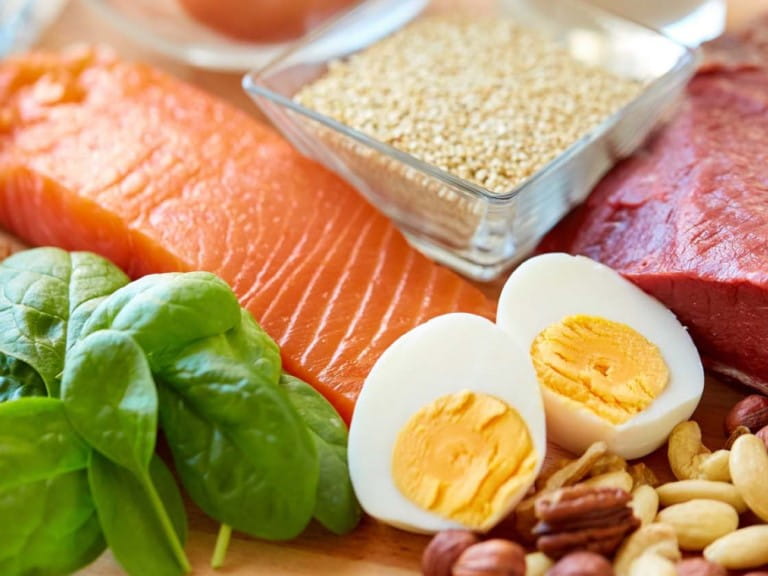
Everything you need to know about protein, from what it does for your body to the best high protein foods – and how much you really need.


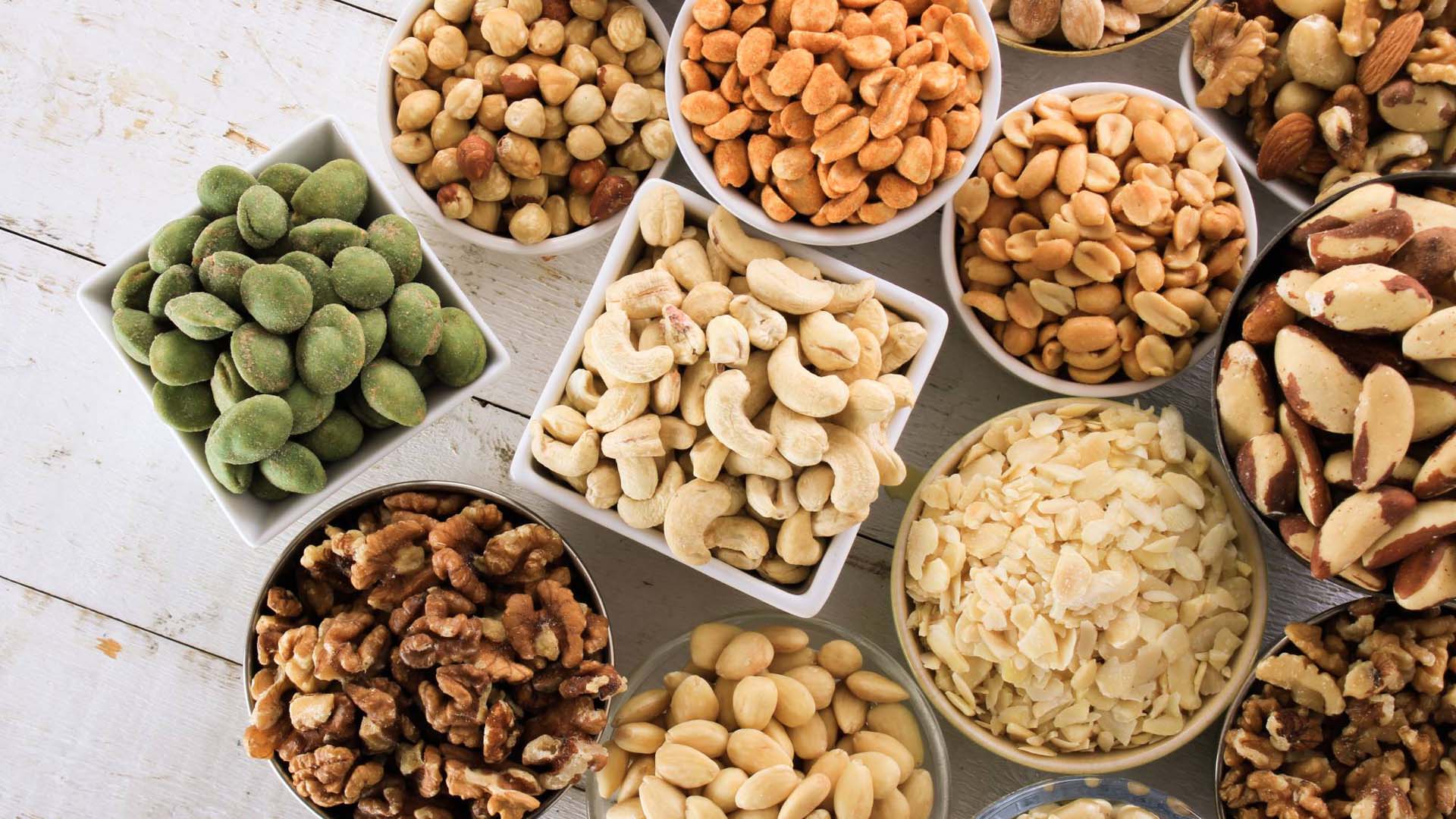
Let’s roast the myths! Not only are nuts less fattening than once feared, research shows they can cut the risk of heart disease too
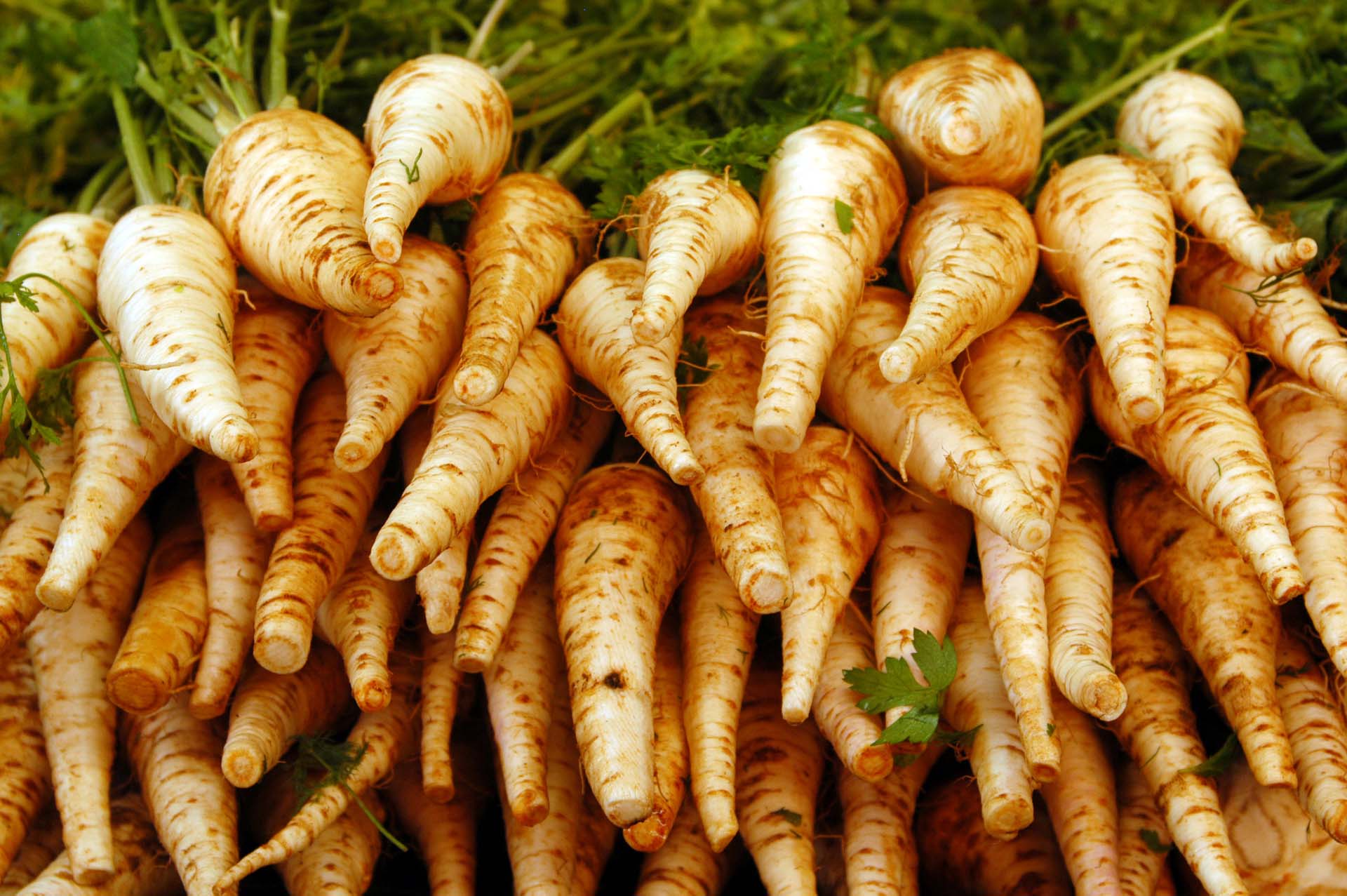
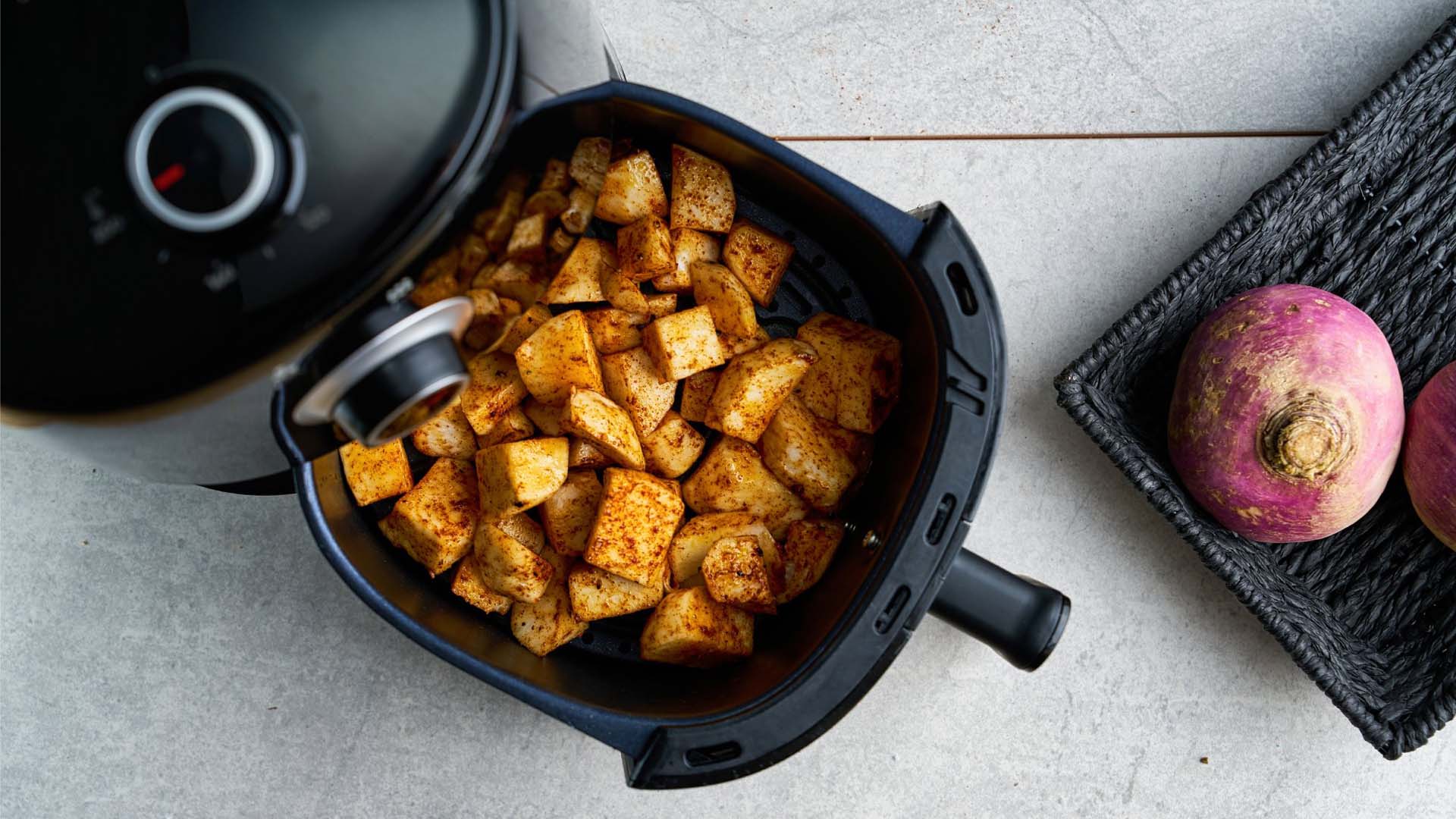
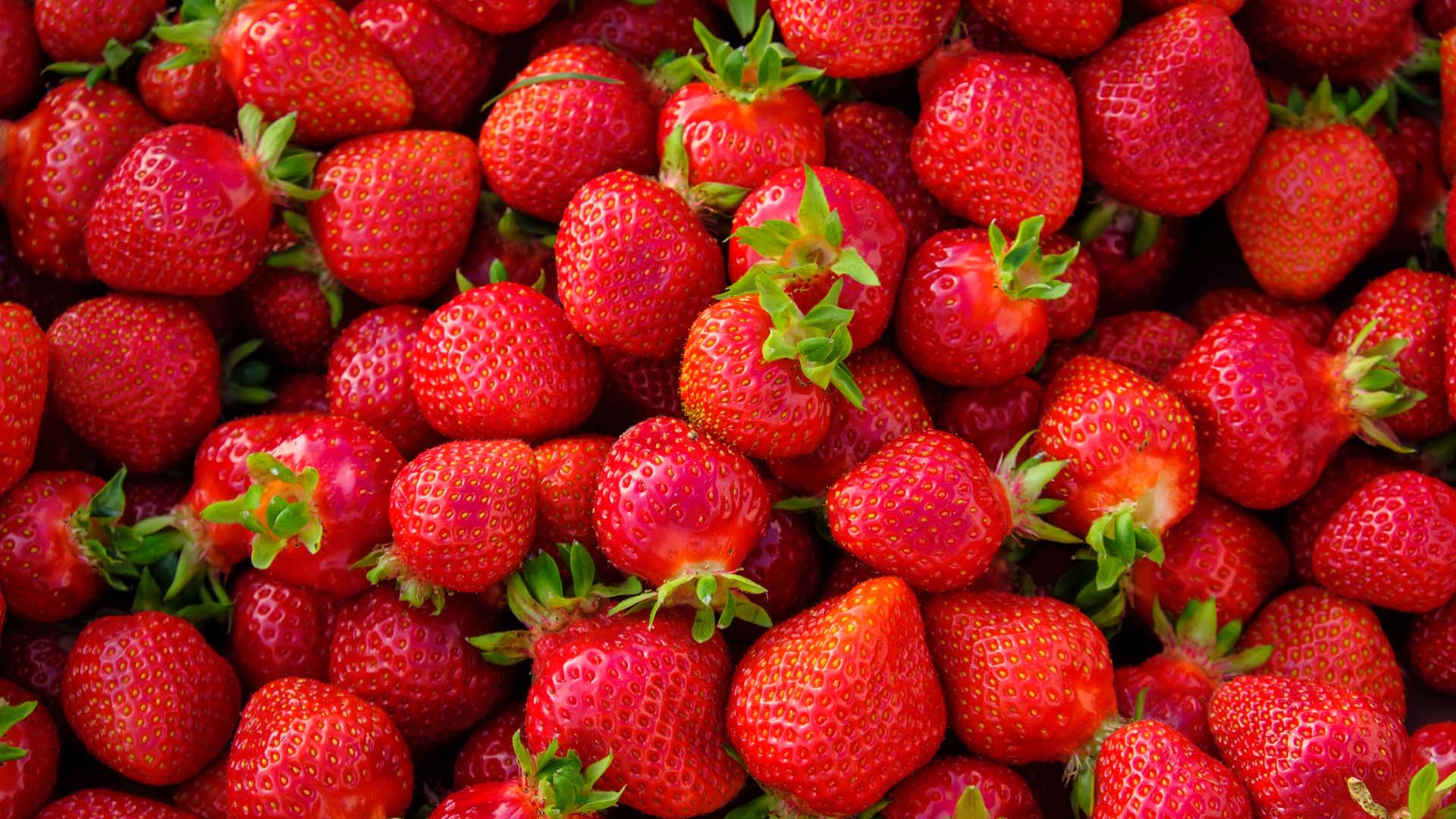
Strawberries don't just taste and look great, they are full of fibre, help your heart health and may even stave off dementia.

Looking after your gut health could be one of the biggest things that you can do for your overall health. Here are the best foods to keep your gut happy.
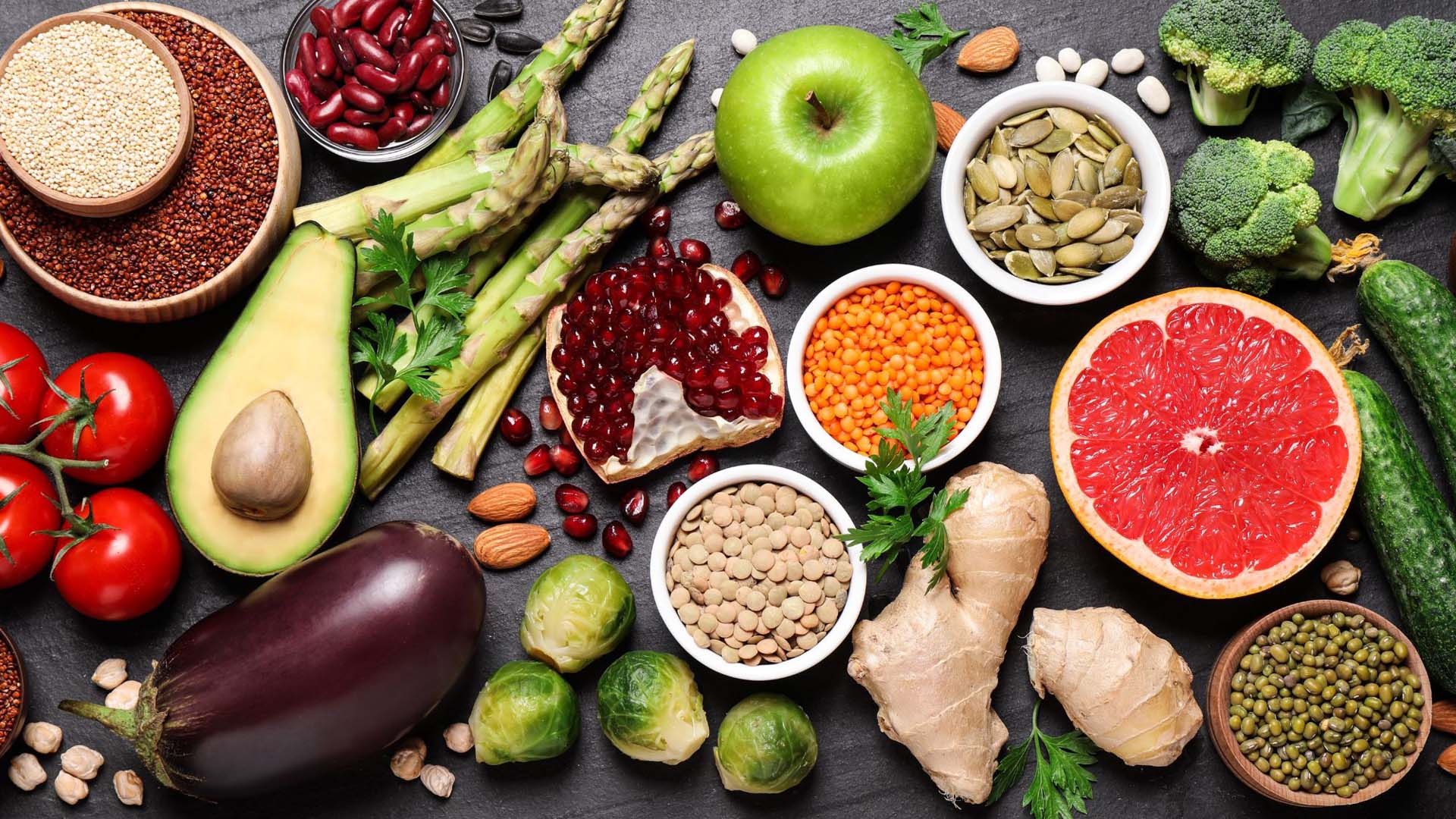
The foods that could help you live longer and protect against chronic illness.